
Name the following compounds and ions.

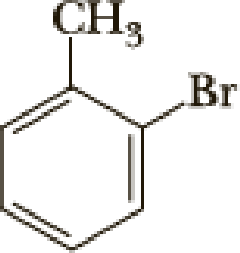
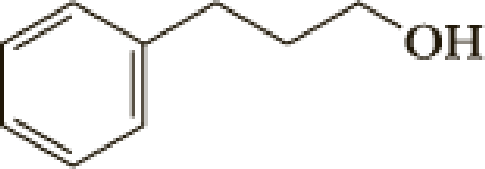

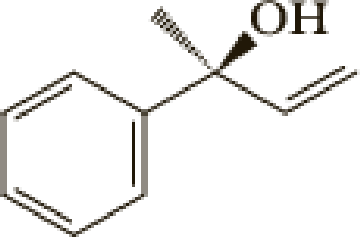

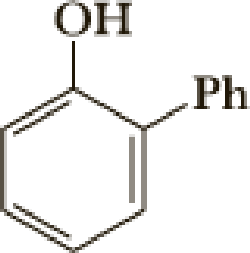

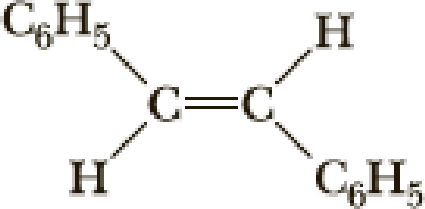

(a)
Interpretation:
The name has to be given for the organic compound.
Concept introduction:
IUPAC Nomenclature of Aromatic compounds:
- The parent compound of aromatic compound is Benzene.
- The substituent groups attached to the parent is identified. A substituent group contains group of atoms attached to the carbon atom of the aromatic ring.
- While numbering the parent, the location of the second group relative to the first substituent uses prefixes like o-ortho (1,2-), m-meta (1,3-), and p-para (1,4) in disubstituted aromatic ring.
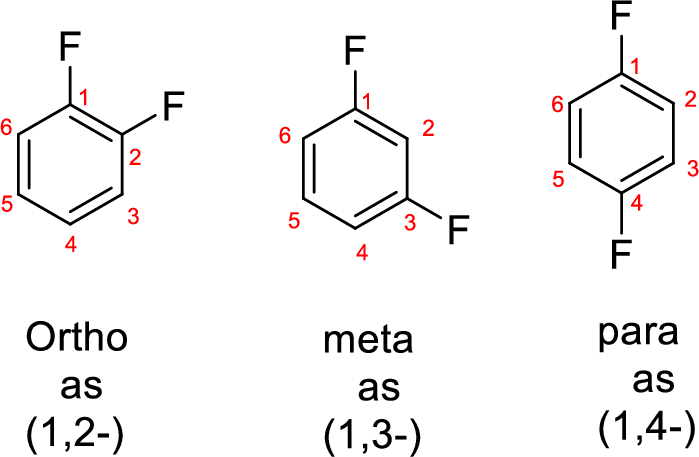
Explanation of Solution
The name of the compound is given below,
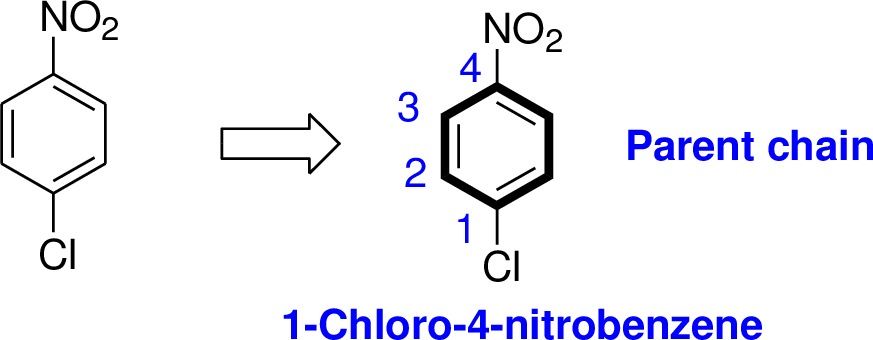
The parent name of the compound is benzene, in the given structure the first carbon is bonded with chlorine
(b)
Interpretation:
The name has to be given for the organic compound.
Concept introduction:
IUPAC Nomenclature of Aromatic compounds:
- The parent compound of aromatic compound is Benzene.
- The substituent groups attached to the parent is identified. A substituent group contains group of atoms attached to the carbon atom of the aromatic ring.
- While numbering the parent, the location of the second group relative to the first substituent uses prefixes like o-ortho (1,2-), m-meta (1,3-), and p-para (1,4) in disubstituted aromatic ring.

Explanation of Solution
The name of the compound is given below,

The parent name of the compound is benzene. Benzene is attached with methyl group is called toluene. In the given structure the second carbon is bonded with bromine
(c)
Interpretation:
The name has to be given for the organic compound.
Concept introduction:
IUPAC Nomenclature of Aromatic compounds:
- The parent compound of aromatic compound is Benzene.
- The substituent groups attached to the parent is identified. A substituent group contains group of atoms attached to the carbon atom of the aromatic ring.
- While numbering the parent, the location of the second group relative to the first substituent uses prefixes like o-ortho (1,2-), m-meta (1,3-), and p-para (1,4) in disubstituted aromatic ring.
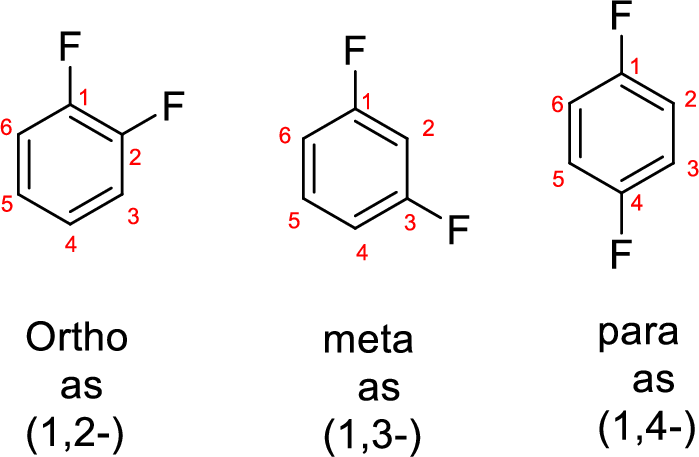
Explanation of Solution
The name of the compound is given below,

The number of carbon in parent chain is three, hence the parent hydrocarbon is propane. The functional group of the given molecule is alcohol therefore the suffix “-ane” is replaced with “-ol” indicating the presence of alcohol. In the given structure the first carbon is bonded with alcohol
(d)
Interpretation:
The name has to be given for the organic compound.
Concept introduction:
IUPAC Nomenclature of Aromatic compounds:
- The parent compound of aromatic compound is Benzene.
- The substituent groups attached to the parent is identified. A substituent group contains group of atoms attached to the carbon atom of the aromatic ring.
- While numbering the parent, the location of the second group relative to the first substituent uses prefixes like o-ortho (1,2-), m-meta (1,3-), and p-para (1,4) in disubstituted aromatic ring.
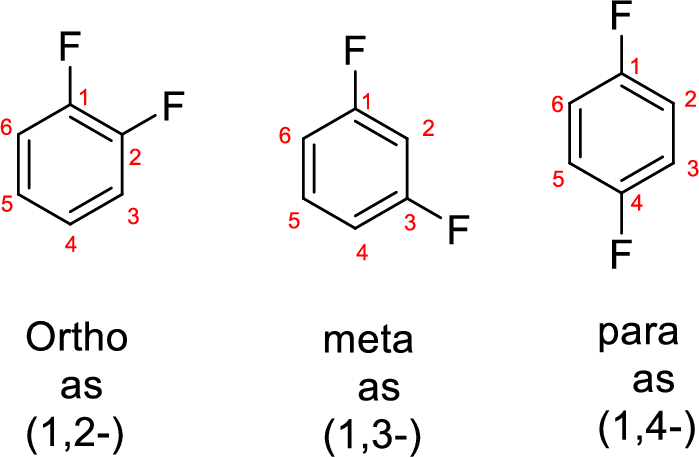
Explanation of Solution
The name of the compound is given below,

The parent name of the compound is naphthalene, in the given structure the first carbon and fifth carbon is bonded with nitro group
(e)
Interpretation:
The name has to be given for the organic compound.
Concept introduction:
IUPAC Nomenclature of Aromatic compounds:
- The parent compound of aromatic compound is Benzene.
- The substituent groups attached to the parent is identified. A substituent group contains group of atoms attached to the carbon atom of the aromatic ring.
- While numbering the parent, the location of the second group relative to the first substituent uses prefixes like o-ortho (1,2-), m-meta (1,3-), and p-para (1,4) in disubstituted aromatic ring.

R and S nomenclature: it is used to assign the molecule using CIP rules.
The CIP rules are as follows:
Select the chiral carbon and assign the numbers according to the decreasing atomic mass of atoms attached to it.
If the numbering follows clockwise direction then the molecule is termed as R and if it follows anti-clockwise direction then molecule is termed as S.
Explanation of Solution
The name of the compound is given below,

The number of carbon in parent chain is four, hence the parent hydrocarbon is butane. The functional group of the given molecule is alcohol therefore the suffix “-ane” is replaced with “-ol” indicating the presence of alcohol. In the given structure the second carbon is bonded with alcohol
(f)
Interpretation:
The name has to be given for the organic compound.
Concept introduction:
Any organic molecule can be named by using certain rules given by IUPAC (International Union for Pure and applied chemistry). IUPAC name consists of three parts, namely Prefix, suffix and root word.
Prefix- Represents the substituent present in the molecule and its position in the root name.
Suffix- Denotes the presence of functional group if any in the molecule. It can be an alkene, alkyne, alcohol, carboxylic acid, alcohol etc. To add suffix to name a compound, the suffix “-ane” in the parent alkane is replaced by the respective suffix, which corresponds to the functional group present in the given compound. For carboxylic acid, suffix “-oic” will be added, for alcohol, suffix “-ol” will be added and so on
Root word - Represents the longest continuous carbon skeleton of the organic molecule.
IUPAC Nomenclature of Aromatic compounds:
- The parent compound of aromatic compound is Benzene.
- The substituent groups attached to the parent is identified. A substituent group contains group of atoms attached to the carbon atom of the aromatic ring.
- While numbering the parent, the location of the second group relative to the first substituent uses prefixes like o-ortho (1,2-), m-meta (1,3-), and p-para (1,4) in disubstituted aromatic ring.
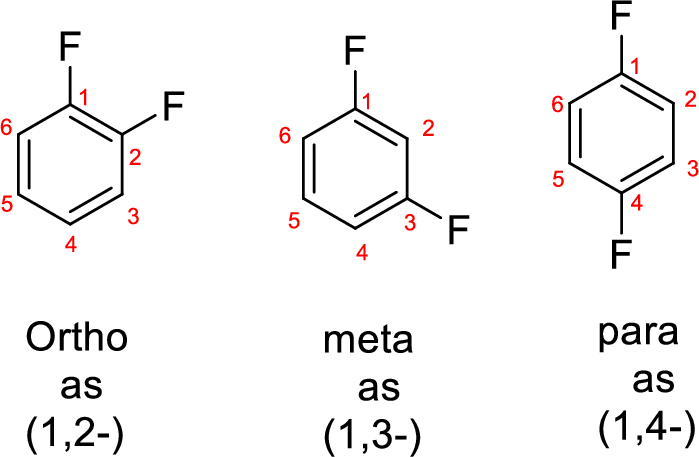
Explanation of Solution
The name of the compound is given below,

The parent name of the compound is ethyne, in the given structure the first carbon is bonded nitrobenzene (in that third carbon is bonded with nitro group) therefore the name of the compound is 3-nitrophenylethyne.
(g)
Interpretation:
The name has to be given for the organic compound.
Concept introduction:
IUPAC Nomenclature of Aromatic compounds:
- The parent compound of aromatic compound is Benzene.
- The substituent groups attached to the parent is identified. A substituent group contains group of atoms attached to the carbon atom of the aromatic ring.
- While numbering the parent, the location of the second group relative to the first substituent uses prefixes like o-ortho (1,2-), m-meta (1,3-), and p-para (1,4) in disubstituted aromatic ring.
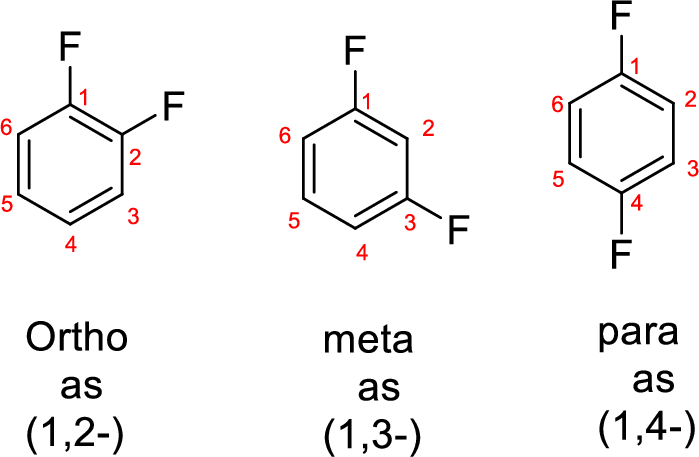
Explanation of Solution
The name of the compound is given below,

The parent name of the compound is phenol (hydroxyl group is attached with benzene). Benzene is attached with second carbon of phenol moiety. Therefore the name of the compound is 2-Phenylphenol.
(h)
Interpretation:
The name has to be given for the organic compound.
Concept introduction:
IUPAC Nomenclature of Aromatic compounds:
- The parent compound of aromatic compound is Benzene.
- The substituent groups attached to the parent is identified. A substituent group contains group of atoms attached to the carbon atom of the aromatic ring.
- While numbering the parent, the location of the second group relative to the first substituent uses prefixes like o-ortho (1,2-), m-meta (1,3-), and p-para (1,4) in disubstituted aromatic ring.
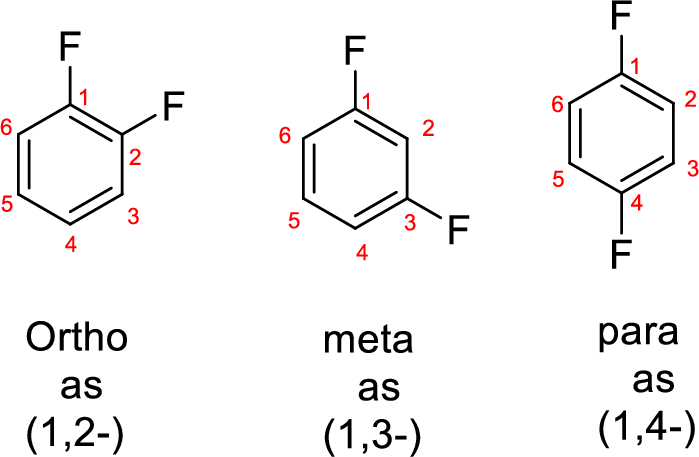
Explanation of Solution
The name of the compound is given below,
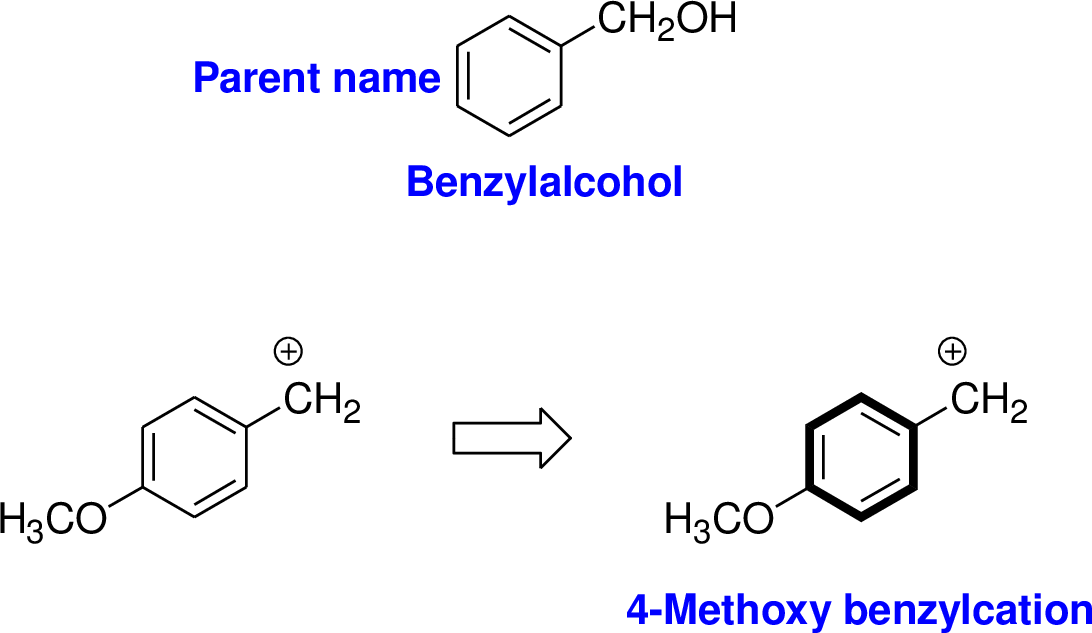
The parent name of the compound is benzyl alcohol, the structure of benzyl alcohol is shown above. Methoxy group is attached with fourth carbon of benzyl moiety and it has positive charge, positive charge is called as cation. Therefore the name of the compound is 4-methoxybenzyl cation.
(i)
Interpretation:
The name has to be given for the organic compound.
Concept introduction:
Concept introduction for IUPAC:
Any organic molecule can be named by using certain rules given by IUPAC (International Union for Pure and applied chemistry). IUPAC name consists of three parts, namely Prefix, suffix and root word.
Prefix- Represents the substituent present in the molecule and its position in the root name.
Suffix- Denotes the presence of functional group if any in the molecule. It can be an alkene, alkyne, alcohol, carboxylic acid, alcohol etc. To add suffix to name a compound, the suffix “-ane” in the parent alkane is replaced by the respective suffix, which corresponds to the functional group present in the given compound. For carboxylic acid, suffix “-oic” will be added, for alcohol, suffix “-ol” will be added and so on
Root word - Represents the longest continuous carbon skeleton of the organic molecule.
Cis–trans isomerism (or) geometric isomerism or configurational isomerism:
The two similar groups (or higher priority groups) are in same side in double bond of alkenes is called as cis isomer (or Z-isomer). Two similar groups (or higher priority groups) are opposite side in double bond of alkenes is called as trans isomer (or E-isomer).
Example:

Explanation of Solution
The name of the compound is given below,

The parent name of the compound is ethylene (two carbon chain with double bond). Two phenyl group is attached with ethylene at first and second carbon, two hydrogen atom is bonded in opposite direction therefore it is trans. Therefore the name of the compound is 1, 2-Diphenylethylene.
(j)
Interpretation:
The name has to be given for the organic compound.
Concept introduction:
Concept introduction for IUPAC:
Any organic molecule can be named by using certain rules given by IUPAC (International Union for Pure and applied chemistry). IUPAC name consists of three parts, namely Prefix, suffix and root word.
Prefix- Represents the substituent present in the molecule and its position in the root name.
Suffix- Denotes the presence of functional group if any in the molecule. It can be an alkene, alkyne, alcohol, carboxylic acid, alcohol etc. To add suffix to name a compound, the suffix “-ane” in the parent alkane is replaced by the respective suffix, which corresponds to the functional group present in the given compound. For carboxylic acid, suffix “-oic” will be added, for alcohol, suffix “-ol” will be added and so on
Root word - Represents the longest continuous carbon skeleton of the organic molecule.
Explanation of Solution
The name of the compound is given below,
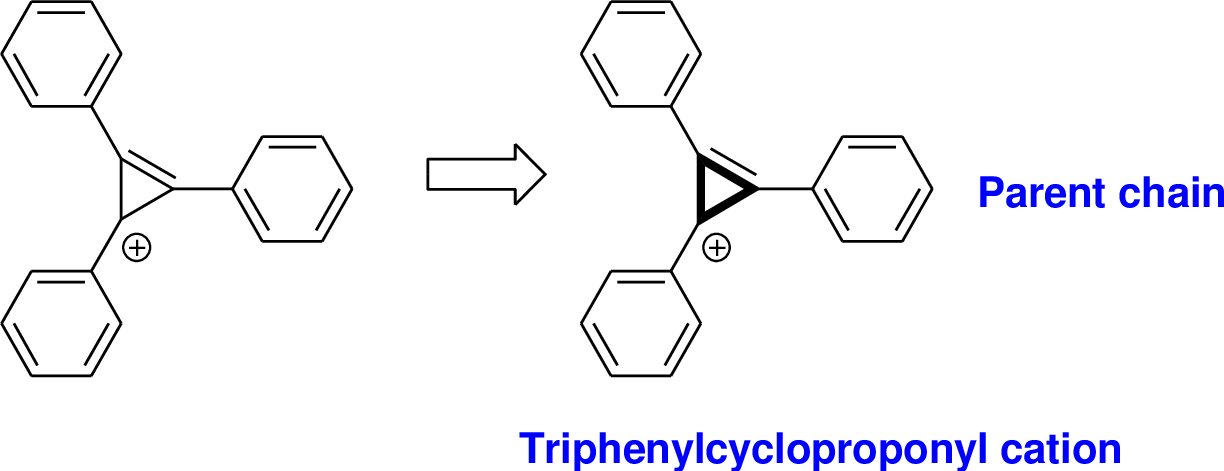
The parent name of the compound is cyclopropane, and it has double bond, it has positive charge, positive charge is called as cation. Three phenyl group is bonded with three different carbon atom Therefore the name of the compound is triphenylcyclopropenyl cation.
Want to see more full solutions like this?
Chapter 21 Solutions
Organic Chemistry
 Organic Chemistry: A Guided InquiryChemistryISBN:9780618974122Author:Andrei StraumanisPublisher:Cengage Learning
Organic Chemistry: A Guided InquiryChemistryISBN:9780618974122Author:Andrei StraumanisPublisher:Cengage Learning
